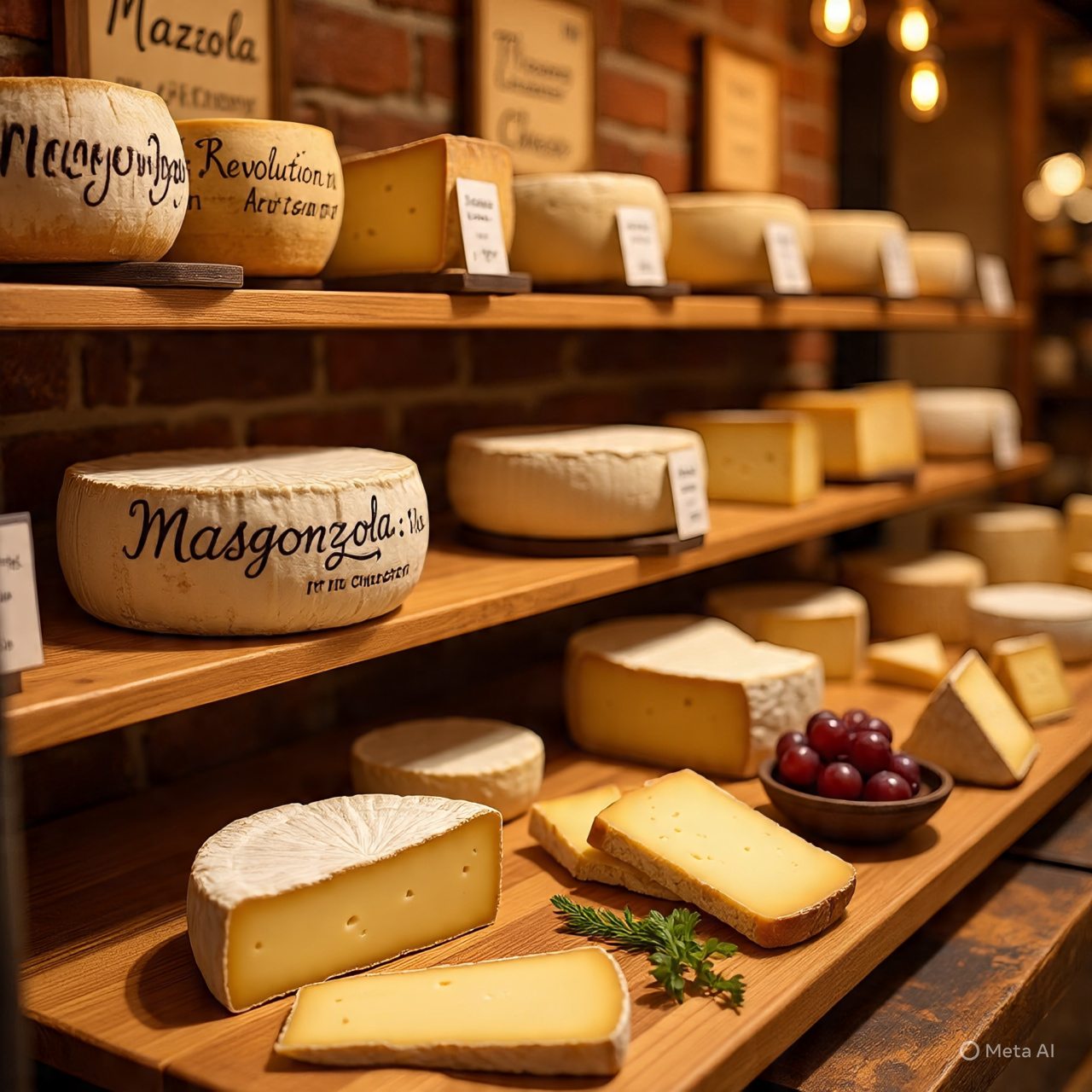Picture this: It’s 3 AM. You’ve been in the lab for 12 hours straight, running what should be a simple glucose assay. But when the results come back, nothing makes sense. Your samples are all over the place—some show impossibly low glucose levels, others are inconsistent. Frustration sets in. What went wrong?Which Additive Prevents Glycolysis and Saves Your Samples.
The culprit? Glycolysis.
While glycolysis is essential for cells to produce energy, it’s a nightmare for lab samples. Left unchecked, cells in your blood or tissue samples will keep metabolizing glucose, leading to pH shifts, sample degradation, and—worst of all—useless data.
But here’s the good news: There’s a simple way to stop glycolysis dead in its tracks.
Today, we’re diving into the lifesaving additive that prevents glycolysis, how to use it, and the costly mistakes you’ll avoid by adding it to your workflow.
Why Glycolysis Ruins Experiments (And How to Stop It)
Glycolysis is like that uninvited guest at a party—it shows up, consumes all the resources (glucose), and leaves a mess behind.
In lab samples, especially blood, glycolysis continues even after collection. This leads to:
- Falsely low glucose readings (since cells keep breaking it down).
- pH drops, which can destabilize other analytes.
- Wasted time and money when you have to repeat experiments.
“But wait,” you might think, “can’t I just put samples on ice?”
Cold slows glycolysis—but it doesn’t stop it completely. That’s where glycolysis inhibitors come in.
Which Additive Prevents Glycolysis? The Lab’s Secret Weapon
After years of trial and error (and many ruined experiments), scientists discovered the ultimate glycolysis blocker:
Sodium Fluoride (NaF)
- How it works: NaF inhibits enolase, a critical enzyme in glycolysis.
- Commonly found in: Gray-top blood collection tubes (paired with potassium oxalate).
- Why it’s the gold standard: It’s fast, effective, and widely used in clinical and research labs.
Other Inhibitors (And Why They’re Not as Good)
- Citrate: Slows glycolysis but doesn’t stop it entirely.
- Iodoacetate: Effective but toxic—mostly used in research, not diagnostics.
Pro Tip: For best results, use NaF with an anticoagulant (like oxalate) to prevent clotting AND glycolysis.
How to Use Glycolysis Inhibitors Like a Pro
Knowing which additive prevents glycolysis is half the battle. The other half? Using it correctly.
Here’s your step-by-step guide:
- Choose the Right Tube
- For glucose tests: Gray-top (NaF/oxalate).
- For other tests: Check if glycolysis affects your analyte (e.g., lactate, pH).
- Mix Immediately
- Gently invert the tube 8-10 times to ensure the inhibitor is evenly distributed.
- Store Properly
- If you can’t process samples right away, refrigerate (4°C) to further slow metabolism.
*”Fun Fact: Hospitals rely on gray-top tubes for diabetes testing because even a 1-hour delay can skew glucose levels by 10% or more!”*
Real-Life Consequences: What Happens If You Ignore Glycolysis?
Let me tell you about Dr. Lee’s costly mistake.
Dr. Lee was studying glucose metabolism in patient blood samples. He collected them in plain red-top tubes (no inhibitor), assuming he’d process them quickly. But a lab delay meant samples sat for 3 hours before analysis.
The result? Artificially low glucose levels across the board. His data was useless, and he had to restart the study—costing weeks of work and thousands in funding.
Moral of the story? Always ask: “Which additive prevents glycolysis?” before collecting samples.
Final Thoughts:
Glycolysis is the silent saboteur of lab work—but now, you’re equipped to beat it.
- Key Takeaway: Sodium fluoride (NaF) is the most effective glycolysis inhibitor.
- Best Practice: Use gray-top tubes for glucose tests, mix well, and store samples properly.
Next time you’re prepping experiments, remember: A little prevention saves a lot of repetition.
FAQs:
What additives prevent glycolysis?
Sodium fluoride (NaF) is the most effective. Citrate and iodoacetate are alternatives but less reliable.
What chemical prevents glycolysis?
NaF blocks the enolase enzyme, stopping glycolysis in its tracks.
Which of the following additives is a glycolytic inhibitor?
- Sodium fluoride (NaF) – Best for most labs.
- Heparin – Prevents clotting but not glycolysis.
- EDTA – Preserves DNA but doesn’t stop glycolysis.
What tube additive inhibits glycolysis?
Gray-top tubes (NaF + oxalate) are specifically designed to inhibit glycolysis for glucose testing.



